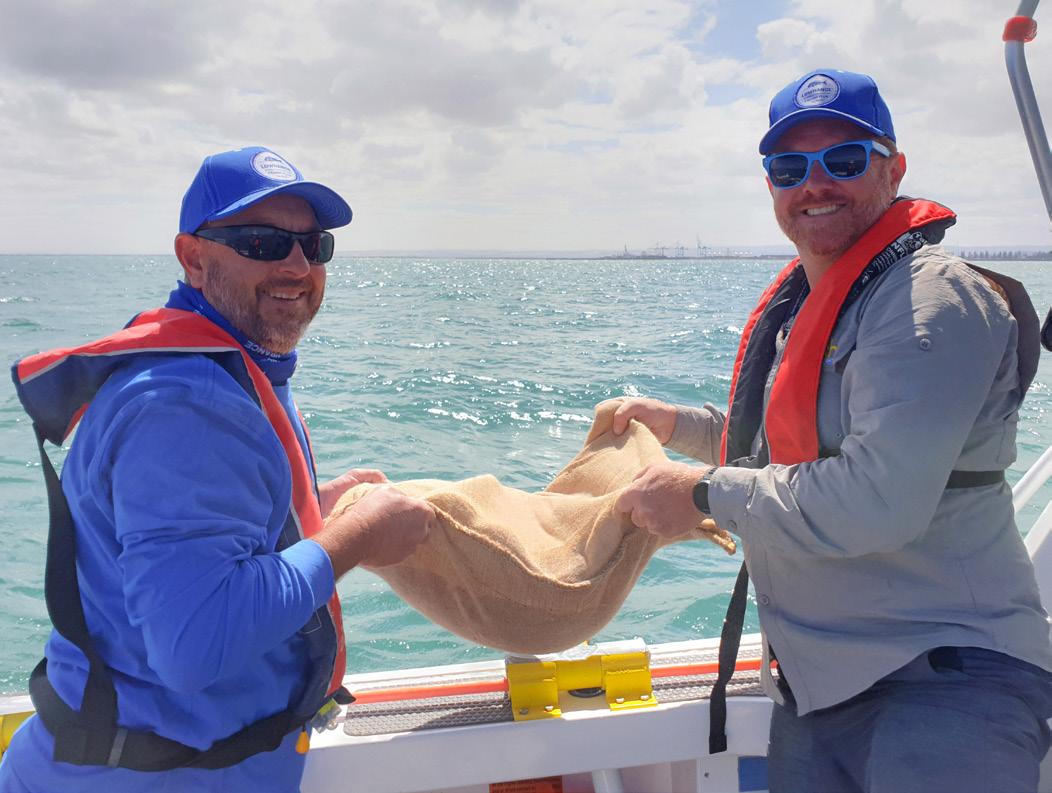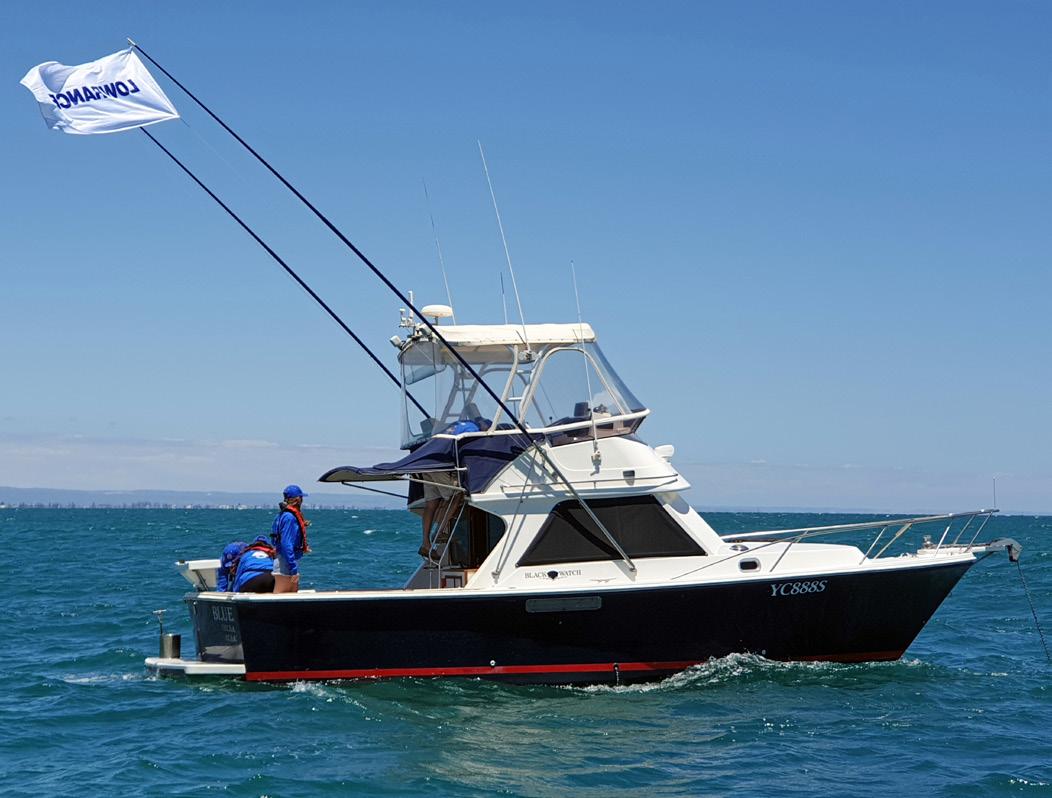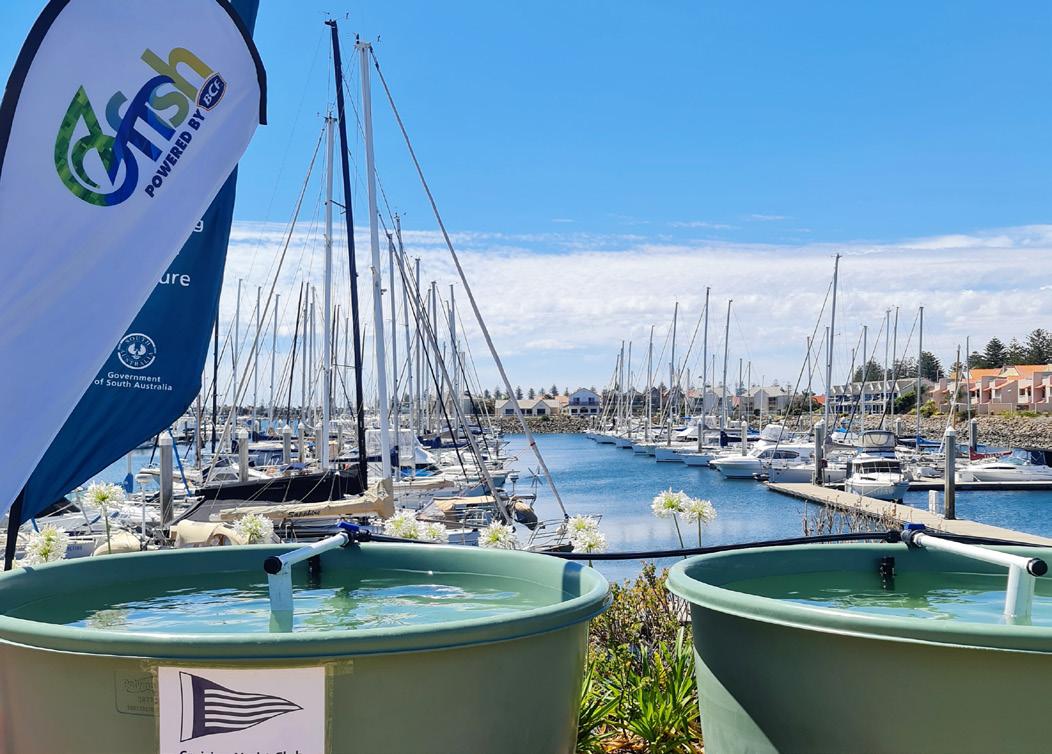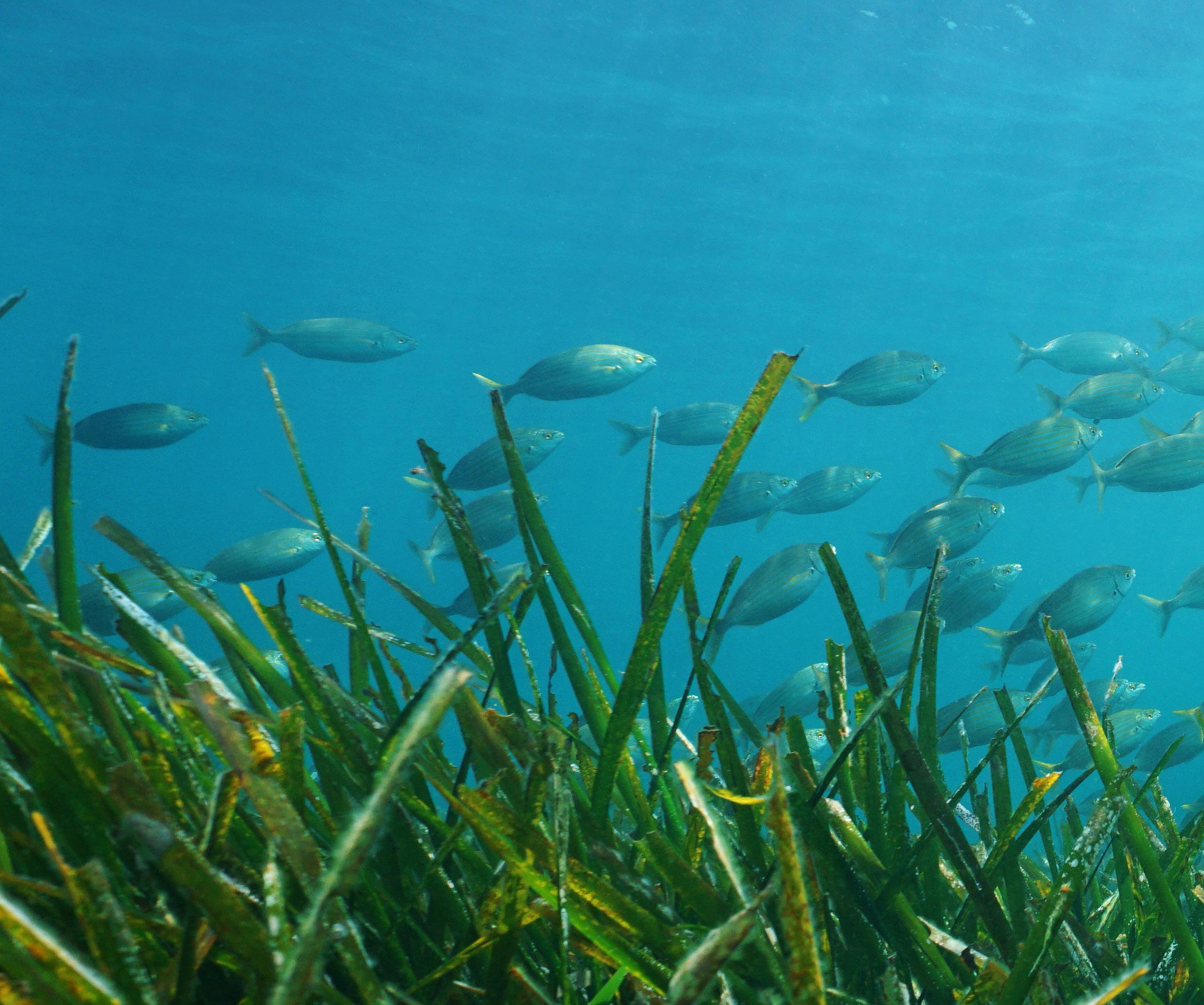
3 minute read
SEEDS FOR SNAPPER
PROPONENTS
The CYCSA was a welcome proponent in a Gulf St Vincent metropolitan waters seagrass rehabilitation project in December 2020 to January 2021 in partnership with OzFish Unlimited, Green Adelaide Landscape Board, SARDI, ECF, EPA-SA, Navico Marine Electronics, Boating Camping Fishing, Clean Seas Seafood and Aquatic Biosecurity Pty Ltd. CYCSA management and members participated in providing a wonderful venue and labour for the seagrass seed propagation facility which drew plenty of interest from Club members. Several CYCSA members also volunteered their vessels to disperse seagrass seed sown sandbags out into the gulf. Seagrass loss in South Australia is a major issue for coastal protection in South Australia. Seagrasses provide a range of benefits including nutrient sequestration, reduction of wave action erosion, reducing sand movement and provide significant habitat for a wide range of species. Restoration of the ‘blue line’ (the seagrass line) has also been identified as a priority issue for the community in social surveys and seagrass is the most efficient natural habitat to rehabilitate as a carbon sink for climate change in Australia. It outperforms grasslands, salt marsh, mangroves and even rainforests. Addressing seagrass loss is addressing a significant coastal risk to prevent further decline of our aquatic species and the industries that depend upon them. Seagrass provides nursery and foraging habitat for our local fish species which have seen recent declines so it was great to see so many enthusiastic people volunteering to help with this project. The value of seagrass for the fisheries alone is worth $21,600 per hectare of seagrass, per annum. South Australia has significantly degraded seagrass meadows in Gulf St Vincent as a result of a number of impacts. Over one-fifth of our seagrass has been lost. Adelaide’s metropolitan waters were the site of a seagrass strip mining lease in the early 1900s where the fibres were used in men’s suits, ropes and as packing in explosives. From 1949-1995 seagrass was then impacted by the constant high nutrients being pumped out to Gulf St Vincent from sewerage treatment outfalls along the coast. These sewerage outfalls have since been turned inland and are tertiary treated by government using innovative techniques and transforming waste products into resources. Several highly polluting industries in the Port River have also been shut down by government through not being able to meet water quality guidelines. However, whilst these impacts have suitably been addressed by the South Australian Government, seagrass meadows require active remediation as natural seagrass recruitment, even in the absence of pollution and storm events, is extremely slow. It is in the order of hundreds of years so it needs a helping hand.
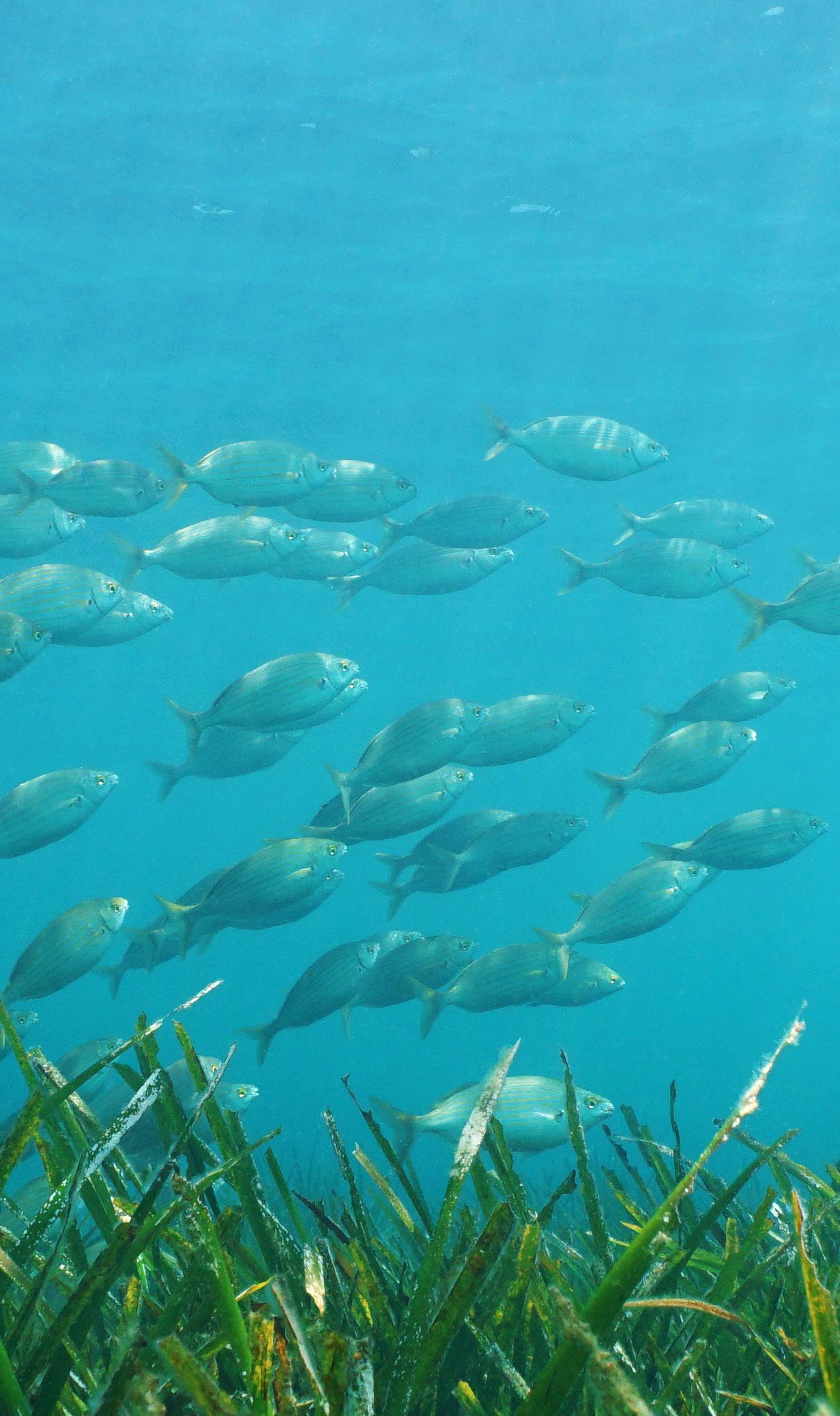
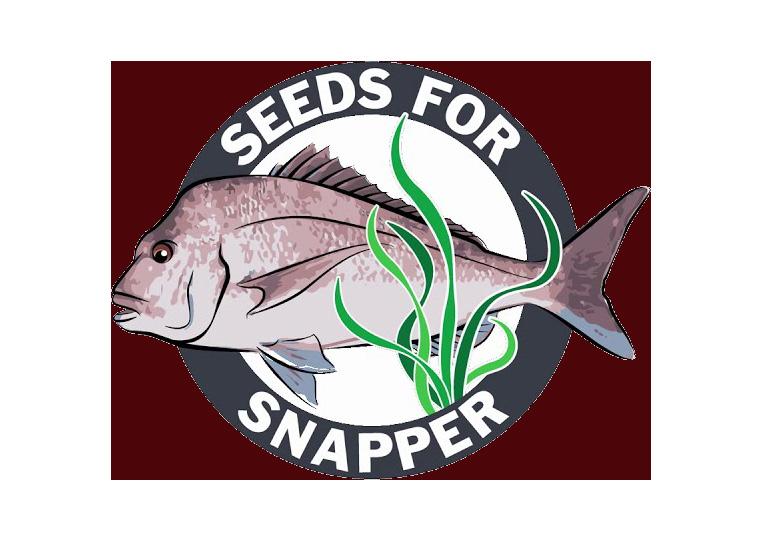
Project management was undertaken by OzFish state manager and CYCSA member Dr Michael Sierp with volunteer assistance. Dr Sierp said “Approximately 10,000 seagrass fruits of the species Posidonia australis were harvested off metropolitan beaches from Aldinga to North Haven by over 300 volunteer beachcombers which was an amazing turnout in our first year.” The fruits were then processed in the tanks to produce germinated seeds and sown into 300 specific sandbags then dispersed to sea at specific locations where it is confirmed by SARDI research that the seagrass will grow. CYCSA General Manager, Adam Hays said ”We were happy to partner in the Seeds For Snapper project, that our Club was the perfect venue for and our members could participate in. A great outcome for our environmental stewardship. We look forward to the 2021-2022 seagrass project”. CYCSA members who would like to get involved in taking sandbags out to sea or harvesting and processing seagrass fruits this year can get involved at www.ozfish.org.au. Or ‘Seeds For Snapper SA Volunteers’ on Facebook.
Dr Michael Sierp

